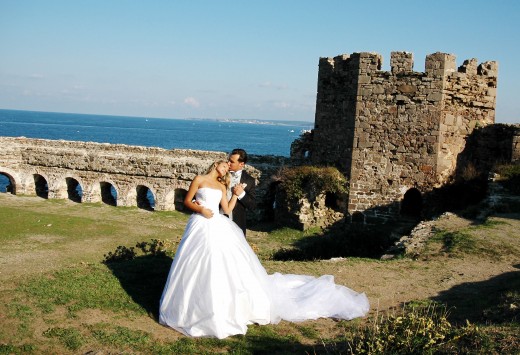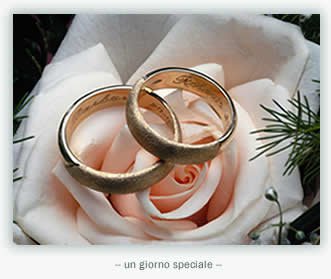The marriages of the Middle Ages gave rise to different traditions and customs. There were more then castles and chivalry that nowadays. It was the time of the development of social classes, traditions of marriage still followed by brides today. This period between the end of the Roman Empire to the Reformation was unique and faith took all aspects of life, both artistic, that intellectual, social and political. The medieval wedding was still under the control of the Church, It was a central sacrament of Christian doctrine.
The spouses, in media, They were much older brides. Noblewomen sometimes did not marry until he was 24 year old, but this was a rare phenomenon. The most of, more than three quarters of them, married before reaching the 19 year old. Western Europe was inhabited by young people , more than a half of the population was below the 20 year old.

The laws governing marriage
The laws governing marriage began to evolve during the Middle Ages. The Council of Westminster in 1076 He decreed that no one should give his daughter in marriage without the blessing of a priest. Later councils declared that marriage should not be kept secret but in public. In 1500 that the Council of Trent decreed that they needed a priest to make a valid marriage. The separation of the couples was tolerated, but there was no legal divorce, although marriages between relatives are too tight they could be canceled.
According to tradition, the agreements or contracts started putting down on paper what would be the rights and duties of husband and wife. The ceremonies and celebrations depended largely on the social class of the spouses. Inheritance and property were the main reasons for such marriages were entered into.



